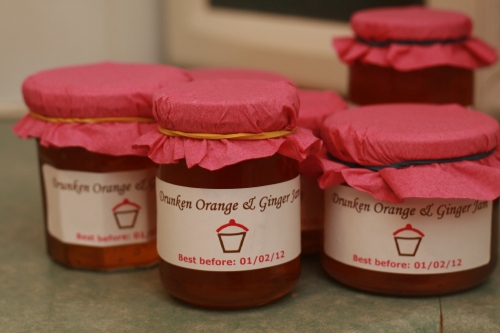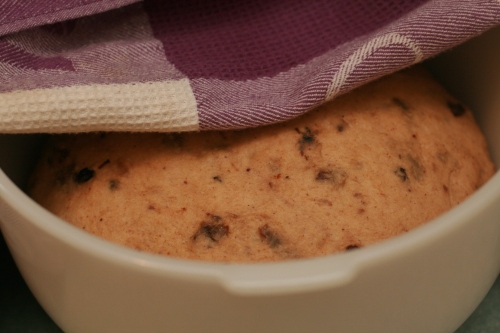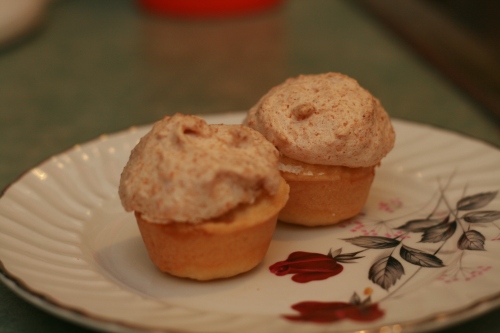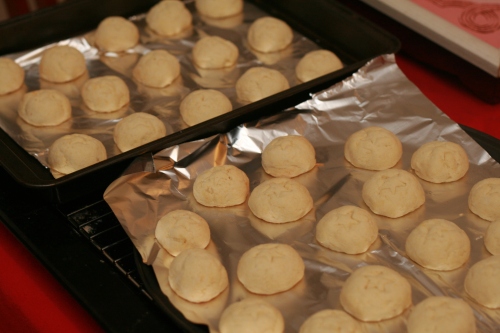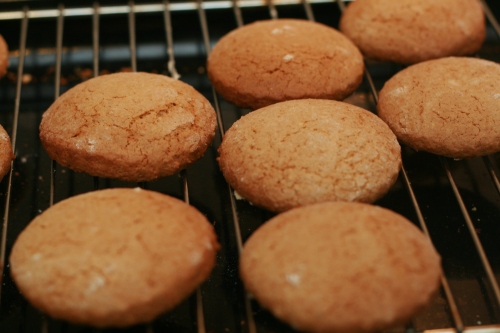Frank loves South African food, a trait for which I am very grateful. Or shall I say: for which he is very grateful. I’m not sure what I would do if he didn’t like it! When we first started dating I bought him some biltong, which is similar to jerky, and he loved it. (I also gave some to a British colleague who said “what is this disgusting stuff?” to which I replied “if any other South Africans see you pulling that face or hear what you just said you’ll be getting a beating. Just so you know.”)
One of the most traditional South African foods is the humble rusk. Historically, rusks evolved, along with biltong, during the latter country’s early pioneering days as a way to preserve bread in the dry climate. It was also extensively used during times of war or when travelling long distances.
In the UK and Australia they are fed to babies, but our rusks are crunchy and delicious and designed to be dunked into a piping-hot cup of tea or coffee. (But not for too long, you don’t want mush on the bottom of your mug) They aren’t too sweet, and everyone who tried them loves them. Especially Frank! When I made the first batch of these babies Frank was sneaking them out the oven and munching them before they were dried.
I’m lucky enough to work with a South African guy whose mother has passed down the family rusk recipe to his beautiful wife. She, in turn, passed it to me as my family doesn’t have a rusk recipe that I know of. And now I pass it on to you! If you have any South African friends, making these will bring back their memories of home. And if you are South African, these are much better than Ouma rusks!
Beskuit – recipe from Estelle Meyer
1 kg self raising flour
4 tsp baking powder
1 tsp salt
4 cups of bran
1/2 cup coconut
1 cup sunflower seeds
1/2 cup sultanas
500gms butter, cut into cubes
500ml cultured buttermilk
3 eggs
2 cups sugar
Pre-heat the oven to 180C/160C fan-forced.
Combine all the dry ingredients in a large bowl and rub in the butter. (If you’re in a hurry, you can melt it first).
Mix together the eggs and the buttermilk and add to the dry mixture, mixing thoroughly with your hands.
Put mixture into a bread/loaf pan, and bake for an hour, until golden.
Cool in pan and reduce oven temperature to 100C, then cut mix in slices like bread. Cut those slices into thin strips and place on baking paper directly on the oven racks and leave to dry for 3 hours.
Can be stored for up to two weeks in an airtight container, but I doubt they’ll last that long…













